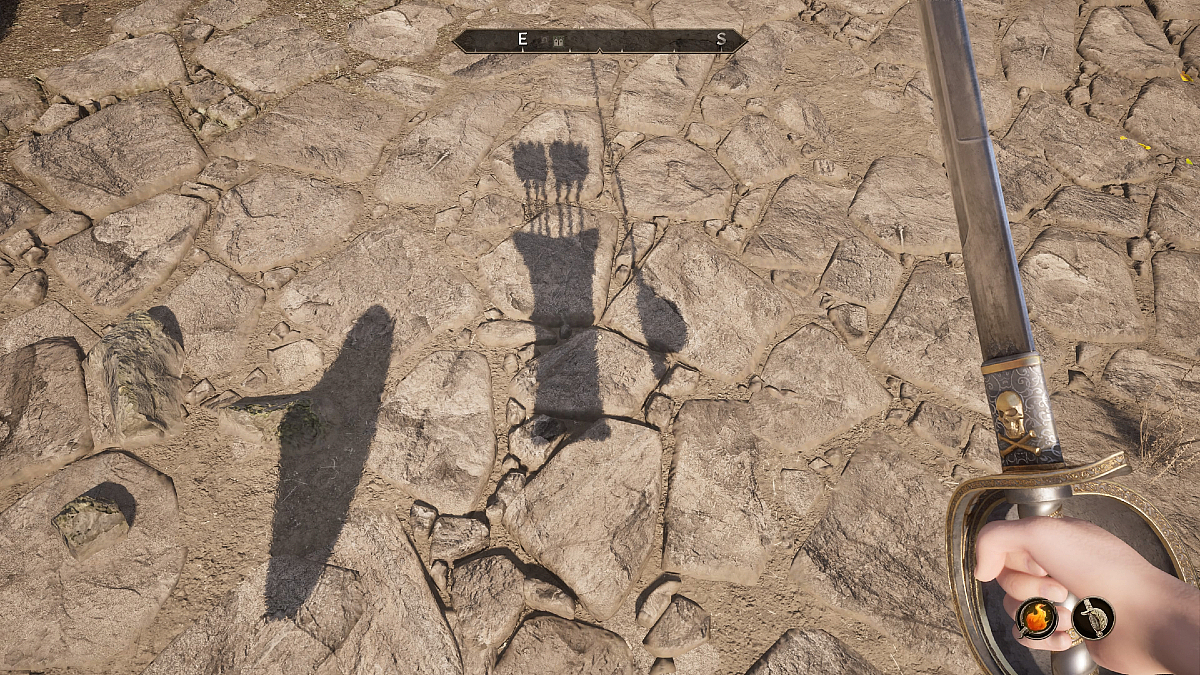Released in 2006, The Elder Scrolls IV: Oblivion was a groundbreaking feat. From the open-world map to its ambitious questlines and highly involved RPG mechanics, it set a new standard for fantasy games. Fast forward to today, and after further immense success with the ‘Elder Scrolls’ franchise, Oblivion Remastered arrives, aiming to recapture the magic while smoothing out the rough edges.
The most noticeable change in Oblivion Remastered is the visuals. The world of Cyrodiil has never looked better. Almost. Everything has been upgraded with stunning new textures, from the lighting to improved character/NPC updates. That said, some NPC animations and facial expressions still feel a little stiff by today’s standards (which can be distracting during dialogue-heavy moments), but the characters in Oblivion never really looked very pretty and while much of the character creation has been improved upon to include more options, Bethesda has made some baffling choices in their updates. Making a character that looks exactly how you want is one of the biggest draws for me in RPGs, and having an abundance of nose sliders to the very few eye or mouth choices was the first thing that gave me pause in the remaster. Then I remembered how limited the character creation was in the original. The characters and NPCs look incredible now compared with their 2006 counterparts, but it wouldn’t be Oblivion without some truly bizarre faces and expressions.
Despite the immensely beautiful visual overhaul, some players have had issues with the color palette of the landscapes, deeming them too dull. Mods have already been created to rectify this ‘issue’ and restore the vibrancy of the original color-scheme to the game. While this wasn’t a problem for me initially, after loading up my original game and comparing, I can see the reason for some people’s annoyance. Still, the overall facelift makes the world much more immersive, especially with updates to your surroundings like insects and fish. While I wanted a fresh look and feel, I definitely wanted it without the game betraying the classic aesthetic too much, and that has been very well achieved.
Gameplay-wise, the remaster also stays true to the original. Fans of the 2006 game can expect the same questing, guild factions, and vast main storyline. However, a number of changes have been implemented along with the visual upgrades, such as extra voices for different races, ‘mini-game’ visuals, and, thankfully, sprinting.

The ability to sprint is a highly welcome evolution, as after Skyrim, I’m not sure I could have gone backwards. Despite the plethora of positive changes, one of the original game’s most controversial features (the level-scaling of NPCs) remains basically intact. It’d be easy to suggest that this was left alone as a humble reminder of the past, but in reality, the game we are playing now is (at its core) almost 20 years old. No matter how much outcry there was (or is) from fans, there may simply not be a way to rectify this frustrating mechanic without more significant overhauls and knock-on effects.
With some of the occasionally clunky physics and the infamous glitches still present, it’s clear that Bethesda wanted to preserve the heart of the game. Some of Oblivion’s bugs are so ingrained in Bethesda lore that they are almost cherished by the Elder Scrolls community. Still, an overhaul of deeper (less beloved) bugs would have been welcome, as the glitches have been the most frustrating aspect of throwing myself back into Cyrodiil. Losing three hours of gameplay due to the same quest glitch from almost two decades ago (careful when trying to join the Thieves Guild) really made me question whether I was ready for the constant panic-saving needed to counteract these types of problems.

Thankfully, in juxtaposition with the remaining bugs from years gone by, Oblivion Remastered runs much smoother than the original. Loading times are significantly reduced, and the graphics manage to keep up during battles. Crashes (the longtime enemy of the Elder Scrolls franchise) are far less frequent but are definitely not zero. Before playing, you should be aware that crashing will still occur even if you have the best setup, so checking whether your PC or console can run the game steadily is extremely important. You don’t want to exacerbate a problem that will already be there. Bethesda has made this remaster basically next-generation proof, especially when it comes to the visuals. Hopefully, they intend to release patches for the quest glitches like they have previously. However, I fear that the crashing is here to stay.
Ultimately, The Elder Scrolls IV: Oblivion Remastered is a celebration of everything that made the 2006 game special, and with that nostalgia has to come the understanding that while the remaster is an impressive love letter to the original, it doesn’t (and can’t) fully escape its age. Players who have realistic expectations will have a great time experiencing the remaster, whether it’s for the first time or not. However, those expecting a new, 2025-level Skyrim will be disappointed.
Overall, it’s better to embrace the glitches and experience Oblivion again.
The Elder Scrolls IV: Oblivion Remastered is available now.
Content shared from www.escapistmagazine.com.

![The Elder Scrolls IV: Oblivion Remastered Faifthully Recaptures The Good, Improves On The Bad, And Embraces The Ugly [Review]](https://cirrkus.com/wp-content/uploads/2025/04/The-Elder-Scrolls-IV-Oblivion-Remastered-Faifthully-Recaptures-The-Good-1024x576.jpg)